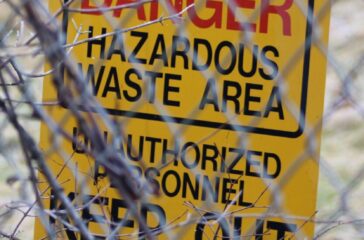Climate change bringing challenges for Superfund site cleanup
By Barbara Reina
US efforts to clean up toxins and protect communities from some of the nation’s most contaminated sites are getting more difficult as climate change brings increasingly abnormal weather events that make containing chemical waste more challenging, experts warn.
 EWG
EWG